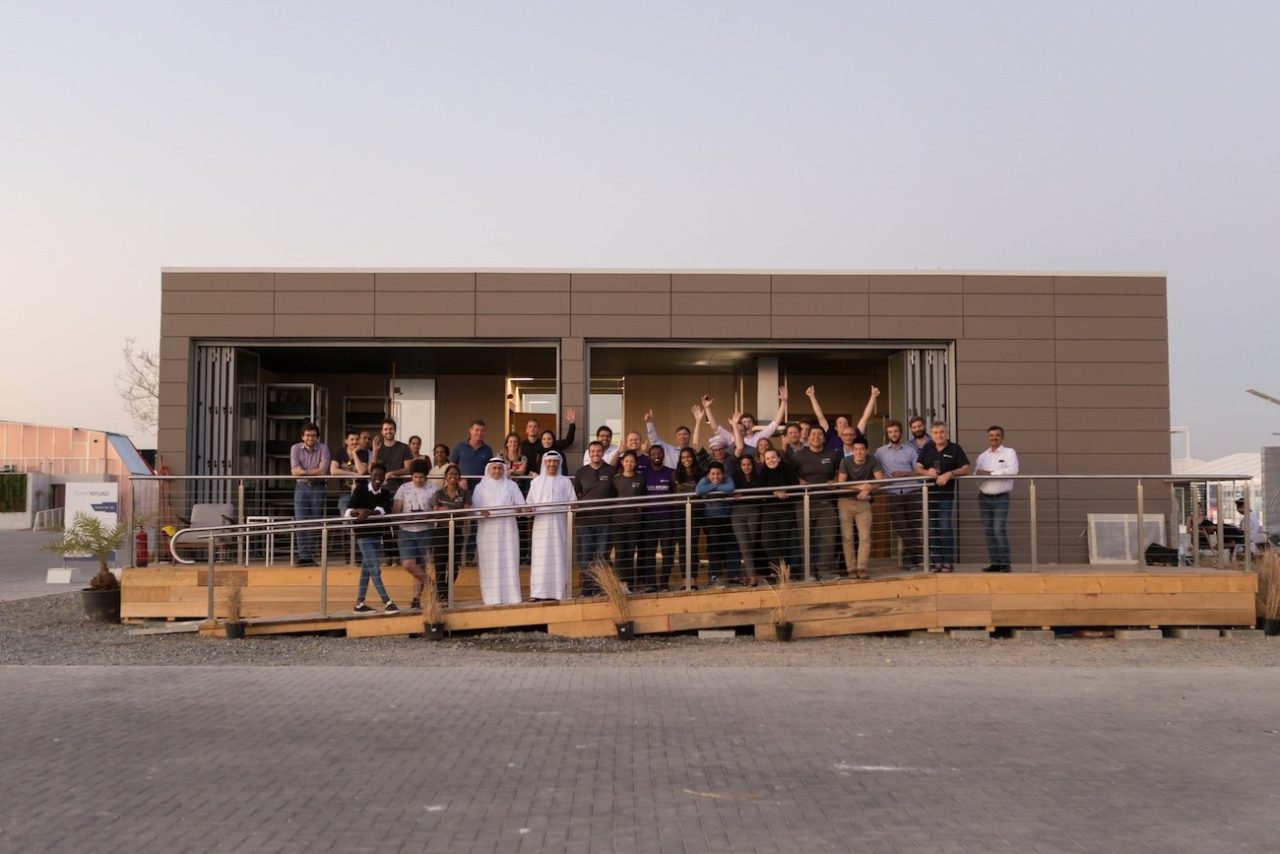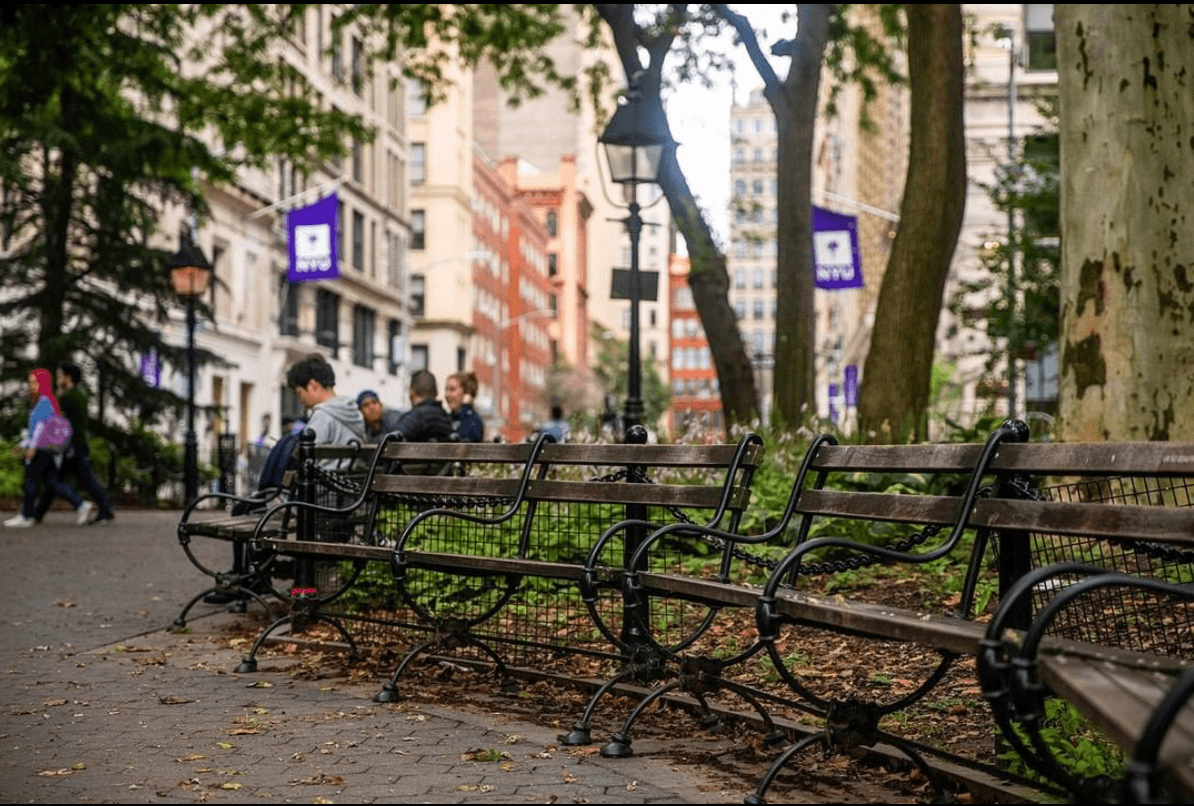Published November 01, 2022
NYU’s Urban Design and Architecture Studies Major Is Built for Success
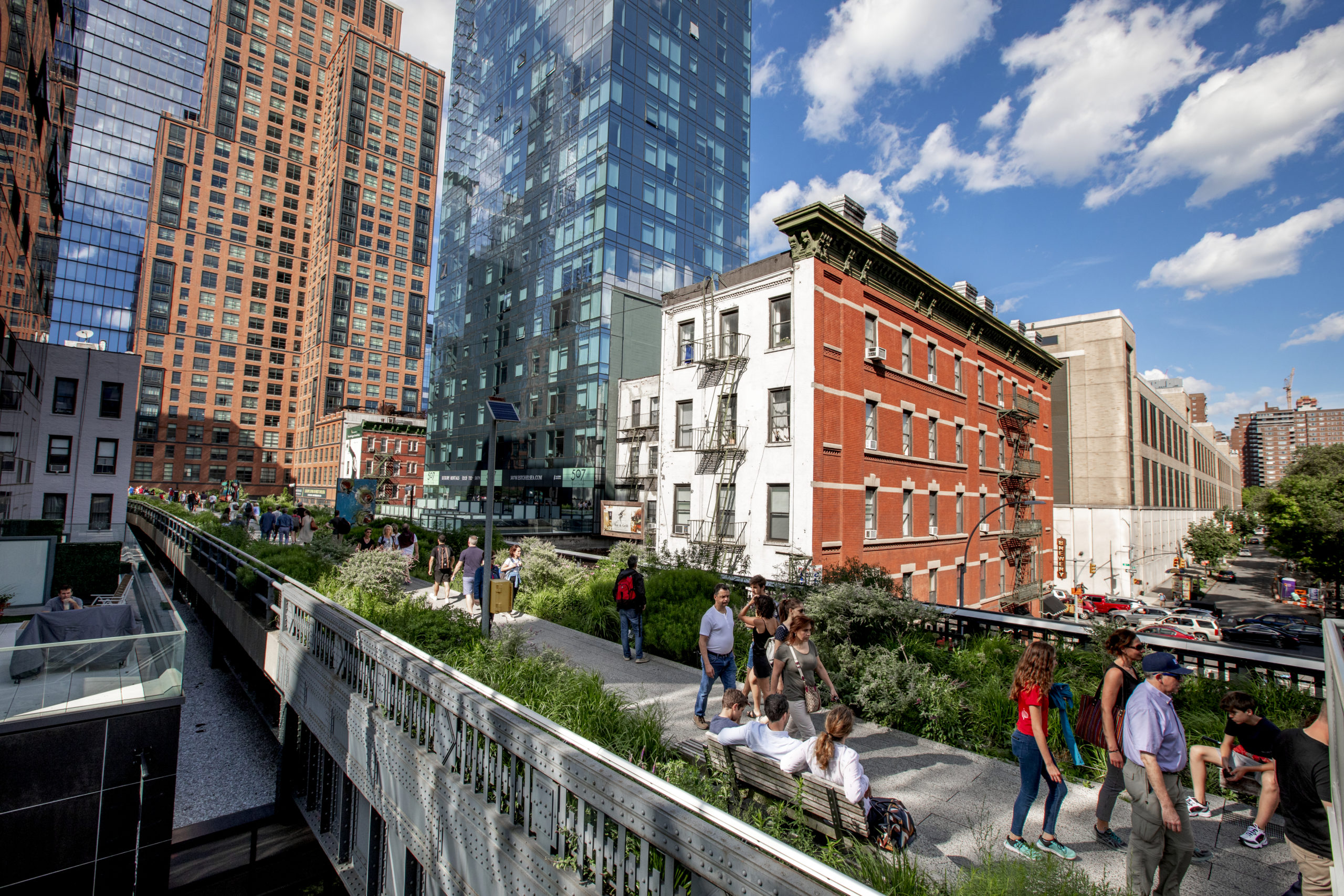
New York City is home to iconic skyscrapers, centuries-old churches, and the most-visited urban park in the world. Behind every building, every green space, and every bench there is a mind and a story—and you can learn all about them as an Urban Design and Architecture Studies (UDAS) major at NYU’s College of Arts and Science (CAS). Consequently, students have the opportunity to explore a variety of career paths as they gain a deeper connection to the city around them. “We offer a kind of hors d’oeuvres platter of all aspects of the profession,” explains Professor Mosette Broderick, UDAS program director.
For Tatiana Minieri, an Urban Design and Architecture Studies major with a minor in American Sign Language, the program opened up a world of opportunity and introduced her to a tight-knit community. Like many incoming students, Tatiana came to college not knowing what she wanted to pursue. As she explored NYU, she came across Professor Broderick and set up a meeting with her. “That meeting was so incredible,” Tatiana recalls. “The Urban Design and Architecture Studies major felt like home to me. What’s more, Professor Broderick was a breath of fresh air. She told me it would all be OK and got me so excited about the major and all the opportunities ahead. In fact, I was at home at the time because of COVID-19, and my sisters say that I was glowing when I got off that call.”
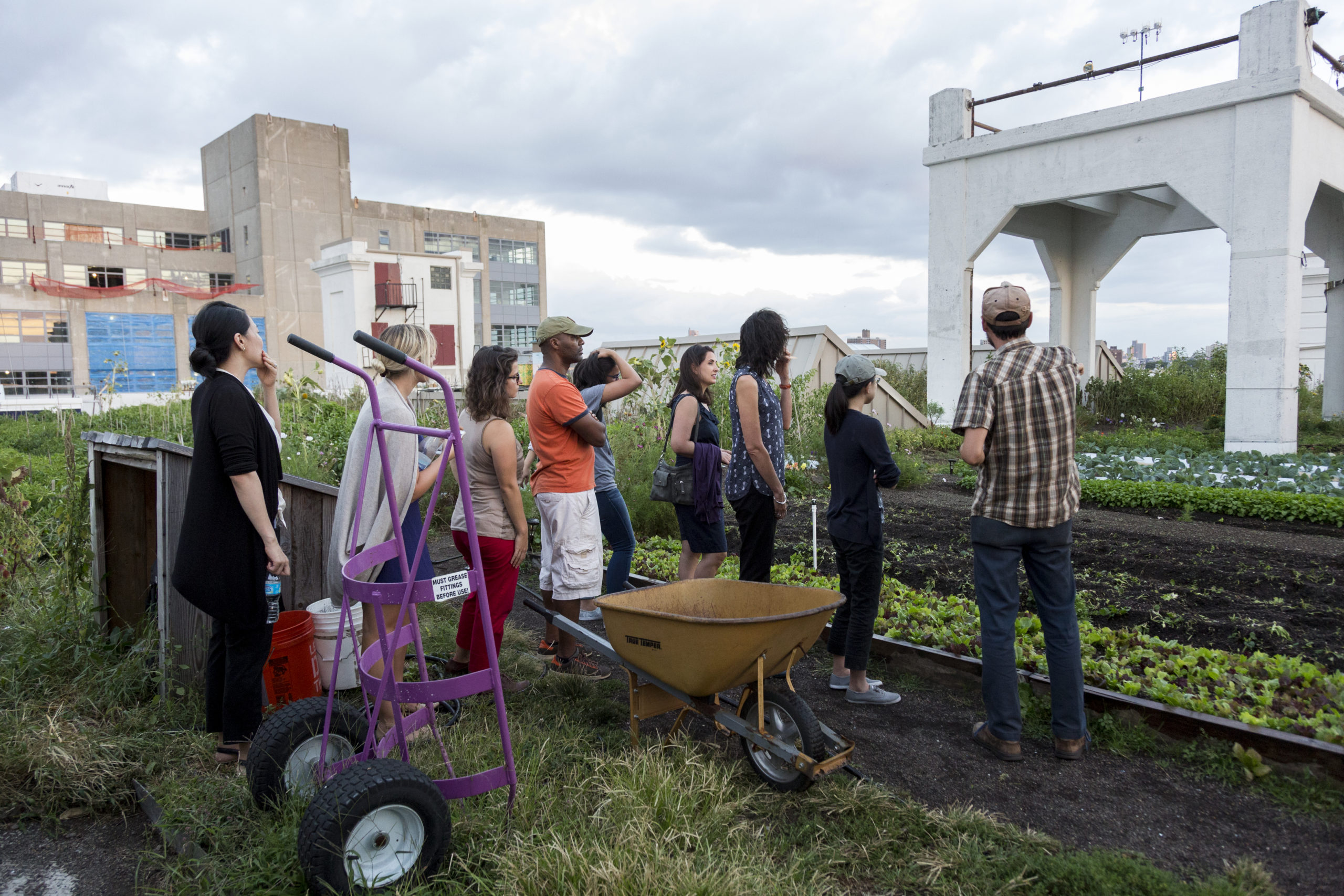
Beyond Buildings and Blueprints
“The Urban Design and Architecture Studies major gives you a wide variety of experiences,” explains Tatiana. “It’s not, ‘You’re going to learn to draw using this software, you’re heading into architecture, and you’re going to be an architect.’ UDAS is more of an umbrella. You can go into landscape design; you can work for the parks department; you can work for the government; or you can go into affordable housing. It’s a broader experience with more room to explore.”
While many students become architects, others become lawyers, journalists, city planners, or something else entirely. In fact, each course in the UDAS major addresses specific topics affecting the built world from zoning laws to issues of preservation. In Parks, Plants, and People, students learn what makes successful urban green public spaces through site visits to important New York City parks and gardens. Meanwhile, in Urban Design and Health, students examine how living in a city impacts their well-being.
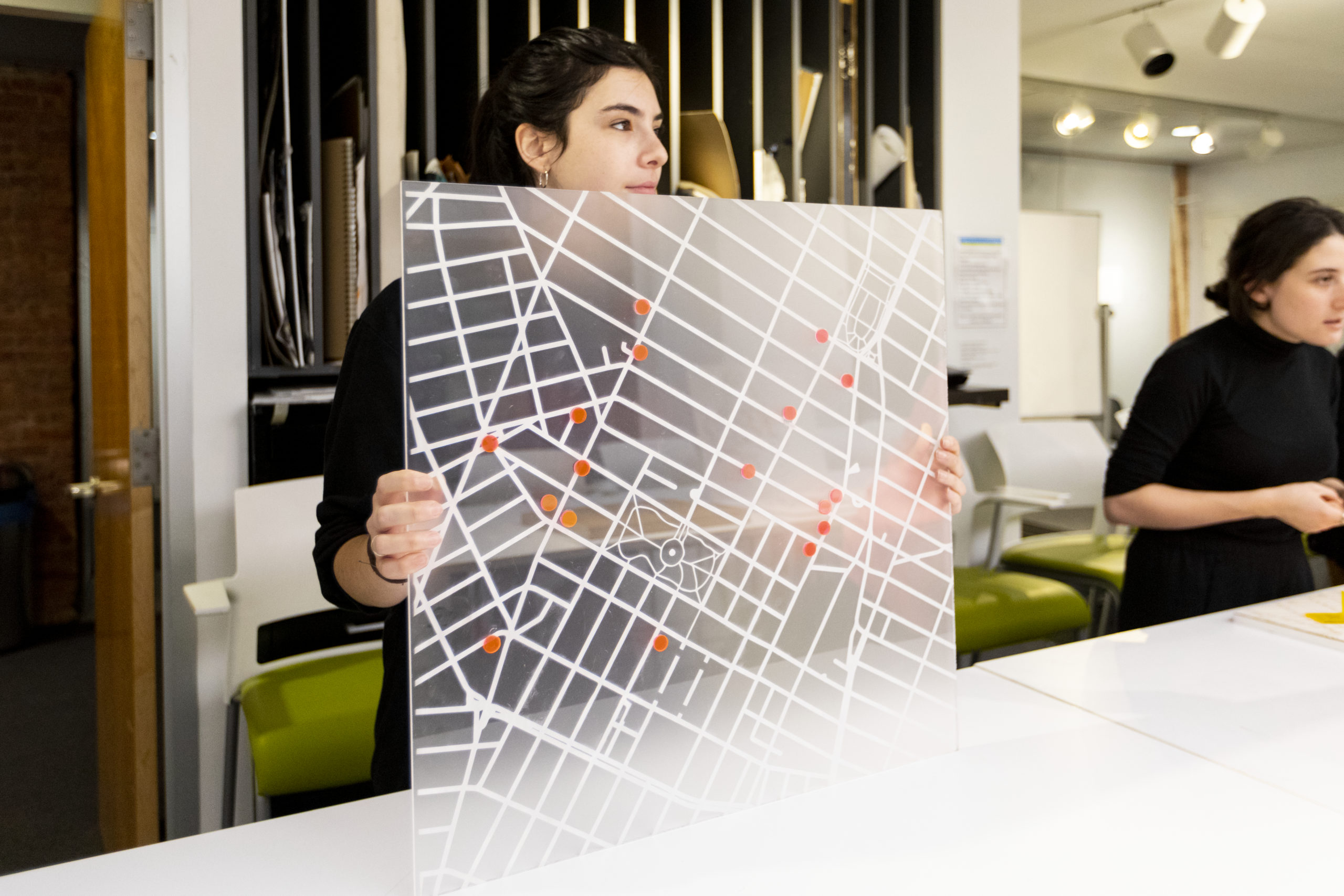
Real-World Experience in the Empire State
“Being in New York City makes the program come to life,” says Tatiana. Every week, UDAS students go out in the city to visit iconic and authentic structures and landscapes. What’s more, professors often hold classes at local architecture firms. Furthermore, students attend local government meetings, visit the city planning offices, and stop by the Landmarks Preservation Commission. “Site visits really give you a better appreciation for everything you’re learning in class,” Tatiana adds.
Also, many of the program’s instructors hold full-time professional roles outside of teaching. They work in their field during the day and teach at night. For example, a zoning expert might teach a law course or a landscape architect might instruct a course on their specialty. “One of my professors works in landscape design and used to work a lot with the local parks’ foliage and horticulture,” Tatiana shares. “So I’d look at a picture in class, and she’d say, ‘I did those plantings.’ Then, we’d go see them in real life to observe how people interact with them. It’s an electrifying experience.”
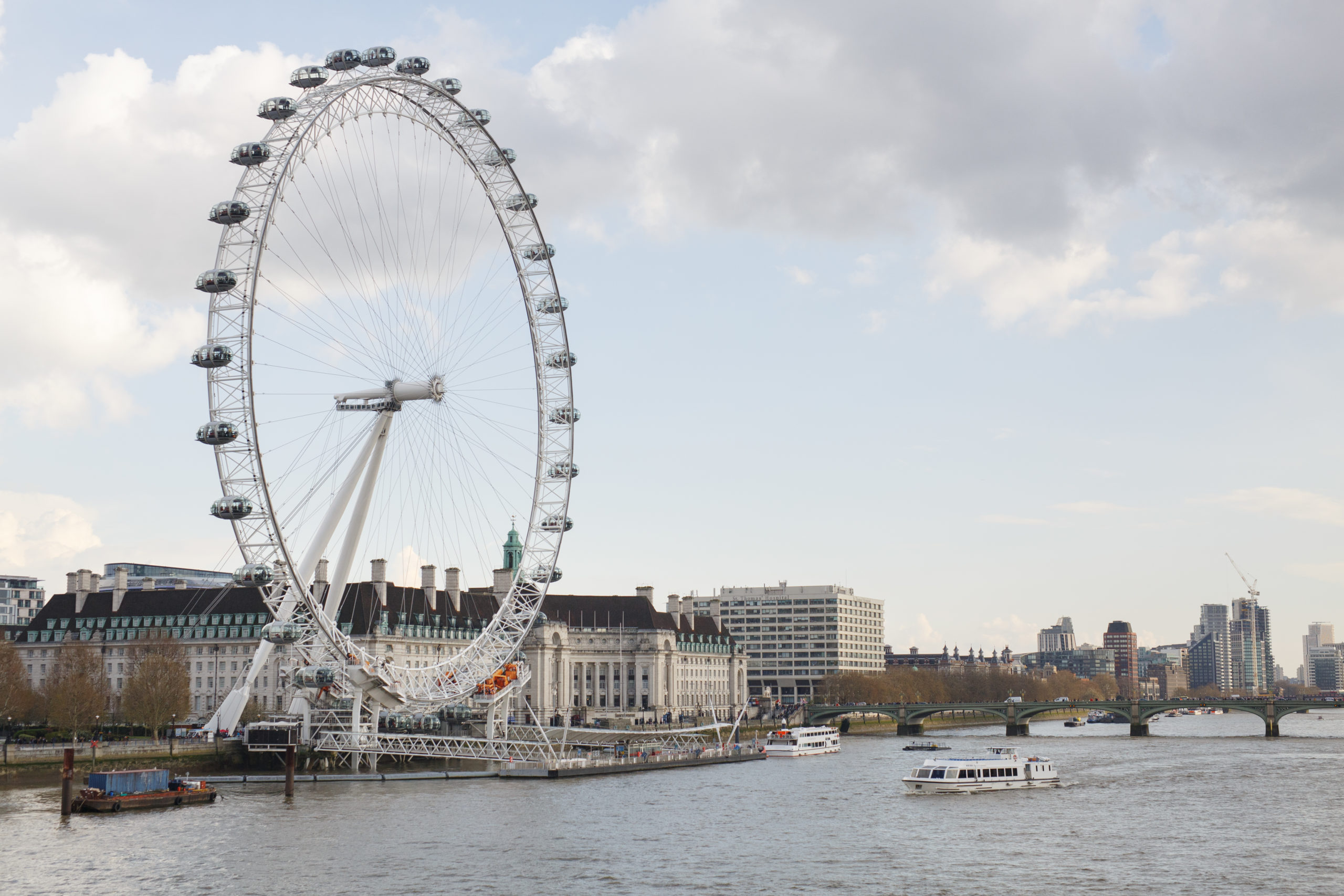
New Perspectives with the Urban Design in London Program
To gain a new perspective on architecture and design, UDAS majors are strongly encouraged to study abroad. For nearly 30 years, Professor Broderick has led the Urban Design in London summer program. What’s more, this four-week program in England gives students a global outlook on various aspects of infrastructure and design. “We say, ‘Here’s how parking works in London. How does it work in Shanghai? What about in Singapore? And how does it work, or not work, in New York City?’” Professor Broderick explains. “We’re all about getting out there and looking for solutions.”
This past summer in London, “we did everything,” affirms Professor Broderick. The group visited Battersea Park; spent a day in Kew Gardens; toured train stations; visited Parliament; and even stopped by Crossness Pumping Station, a former sewage pumping station. “It was absolutely incredible, and I recommend it to anyone I interact with,” laughs Tatiana. “UDAS really helped me develop an interest I didn’t know was there. For me it wasn’t, ‘I want to be an architect and go to NYU.’ It was, ‘I don’t know what I want to do, so I’m searching for it.’ And the major is incredible.”

